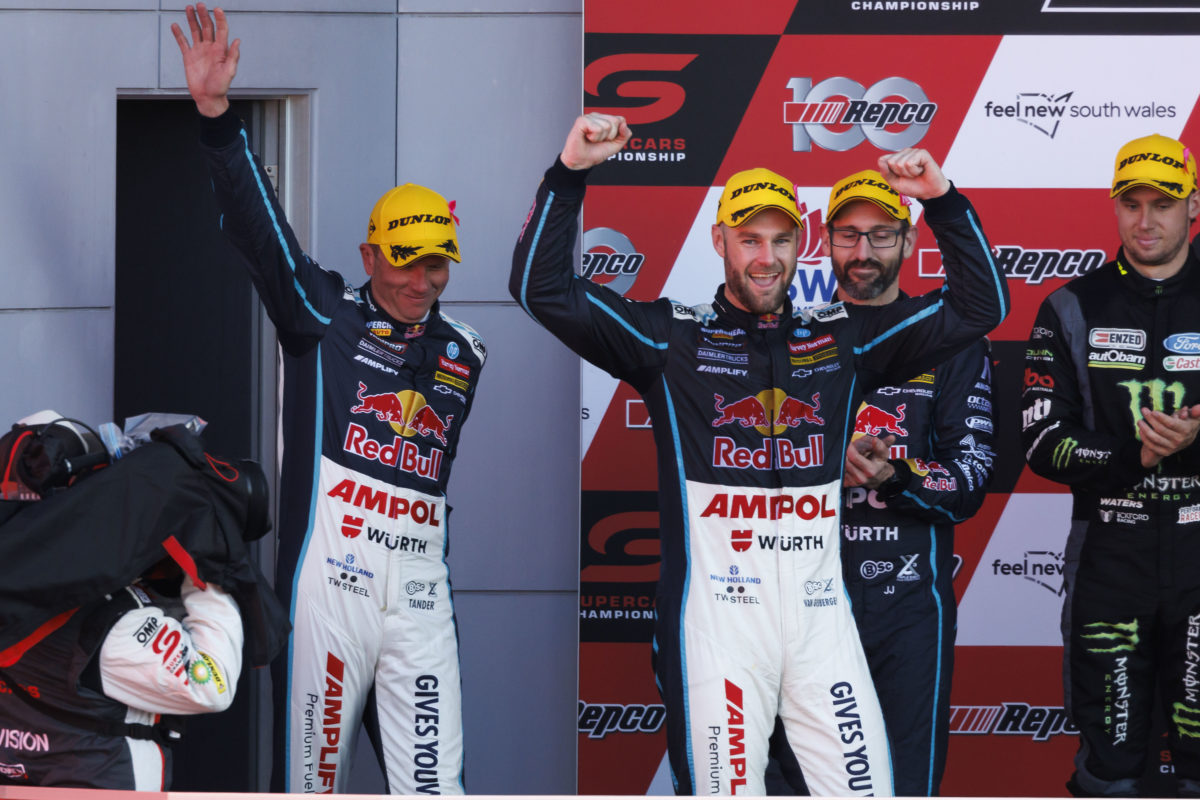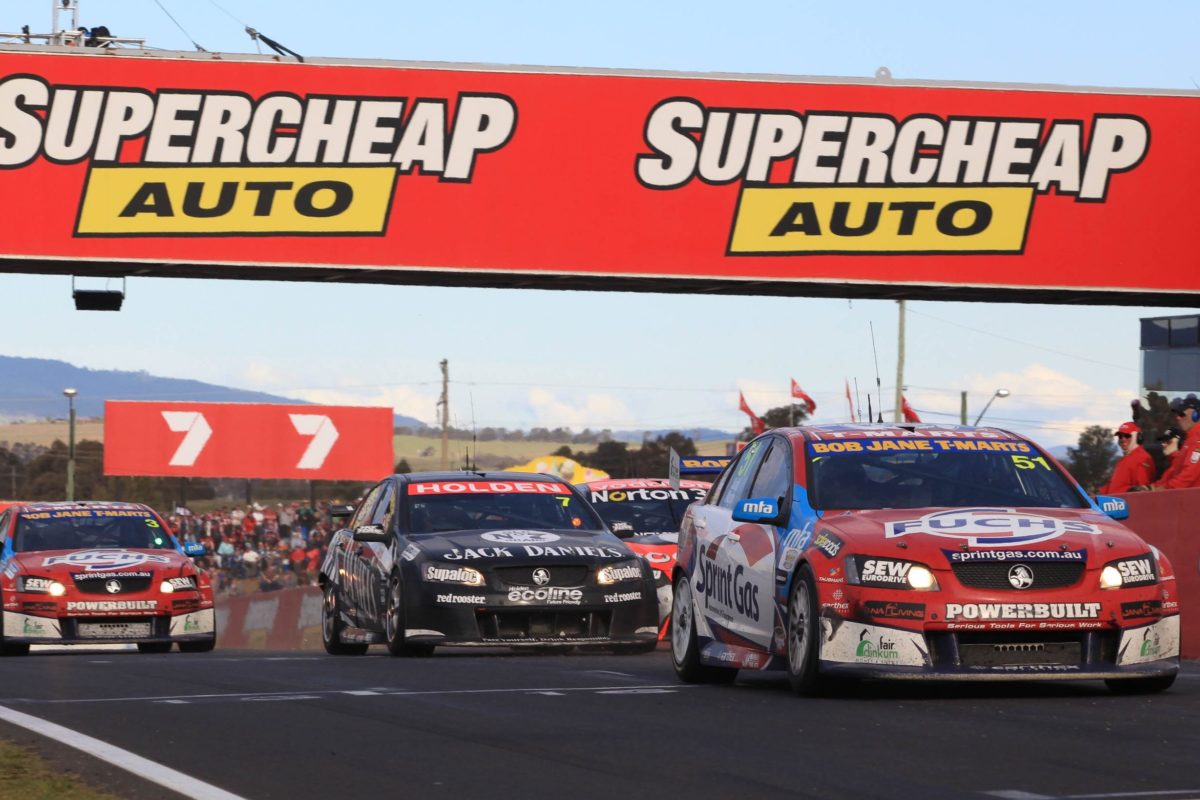

Scotty McLaughlin recently tweeted on the subject of the current co-driver rule for Supercars Endurance races which bans teams from the combining of two full-time Championship drivers into one car.
He, rightly in my opinion, proposed the scrapping of this rule.
For those unaware of the history surrounding this rule, prior to the 2010 season it was left up to each team as to whether to run their two regular drivers in one car for the endurance season or to pair them with other, external, drivers.
There was no 100 percent fixed, surefire approach and even the leading teams at the time didn’t always run one way or the other.
For instance, in 2002, Mark Skaife won the Bathurst 1000 with Jim Richards, whilst the following year Skaife was paired with his regular team-mate, Todd Kelly.
Unfortunately, the then Walkinshaw-influenced HRT and HSV teams decided, in 2006, to take one driver from HRT (Mark Skaife) and combine him with the lead driver in the, supposedly separate, HSV team (Garth Tander). They did this by temporarily changing the team that GT drove for so as to put him under the HRT umbrella as a Primary Driver with them. It was then changed back post Bathurst.
Neither Supercars nor TEGA (the teams association at the time) were happy about this but their hands were tied as the rulebook didn’t specifically stop in-season chopping and changing of Primary Drivers.
Post 2006, in-season Primary Driver changes have only been allowed with the specific permission of Supercars, so as to allow legitimate cases such as force majeure, but to stop teams acting unilaterally.
As it happened, the Kelly brothers (Todd was sent to HSV to run with his brother, Rick) had an excellent 2006 endurance season whilst HRT had possibly their worst one ever. Karma?
So, 2007, 2008 and 2009 saw normal service resumed whereby teams made their individual choices about whether to pair their regular drivers, whilst then putting a different crew into the other car, or to pair each regular in their own respective car with an outside driver.
That gave, in 2009, a Bathurst 1000 result with a top 10 mixture of five cars with regular drivers paired together, four cars with a regular/co-driver mix, and one car with a complete non-regular crew.
An interesting mix.
However, in late-2009, a then team manager, with little to his name in terms of results, managed to excite the overall ownership group with the idea that the combination of Primary Drivers in the same car should be outlawed for the future.
This was off the back of Triple Eight winning three Bathurst 1000s in a row but before the 2009 race. There was undoubtedly a feeling that T8 had to be stopped!

This team manager used the issue of different primary sponsorships within a team as a reason for separating drivers.
He also managed to persuade the powers that be that it would make better television and that it would give greater team variety on the podium.
Hence, the rule change got up for 2010 and has remained ever since.
With immediate, and lasting, effect, the cost of good co-drivers went through the roof.
Moreover, it effectively removed, for most teams, the opportunity to experiment with their second car with potentially higher-risk drivers, whether local or international.
And for some teams, it removed the potential to turn the second car into a major revenue creation opportunity.
In all fairness, there were undoubtedly arguments both for and against this rule change at the time. But I was, and remain, in favour of leaving it up to teams as to what they do with their drivers come Enduro time.
Teams should be free to run their businesses to suit their own models in this instance.
At Triple Eight, under my watch, we competed in 19 Bathurst 1000s and won eight of them, three under the old rule and five under the new rule. I can also promise readers that, even if the rule had remained as it was, T8 would NOT have paired the regular drivers every year. We would have sought, on occasion, the best possible co-drivers, as now, to enhance the internal team Championship battles.
But the absolute best part of the immediate aftermath of the rule change for the 2010 season, is that Triple Eight didn’t fill one podium position that year at Bathurst. T8 filled two, not only winning but coming second as well, thanks to the rule change. Old mate’s plan didn’t really work out…
Nowadays, Scotty is right to raise this issue again, in my opinion. There are plenty of valid reasons for removing the rule, including the opportunity to bring in more, fresh, local and overseas talent.
Combine that with a concerted effort by Supercars (dream on) to push the Bathurst 1000 show into overseas markets and there can be real opportunities to monetise the broadcast outside Australia and New Zealand.




















Discussion about this post